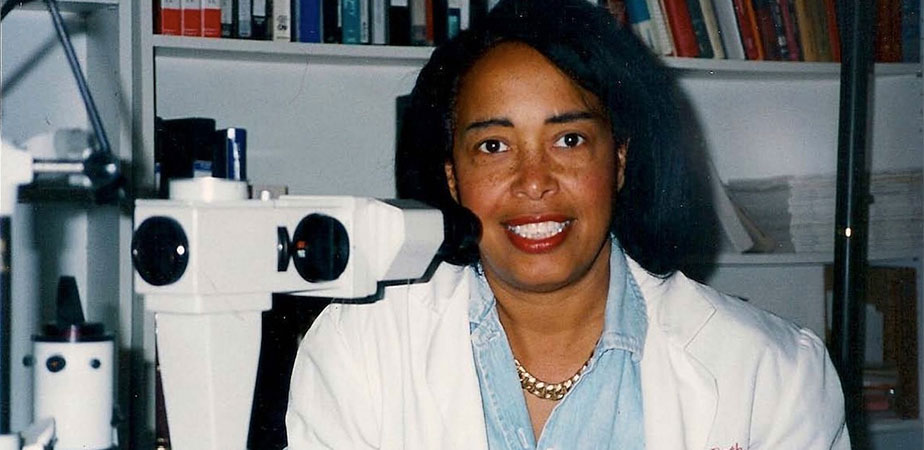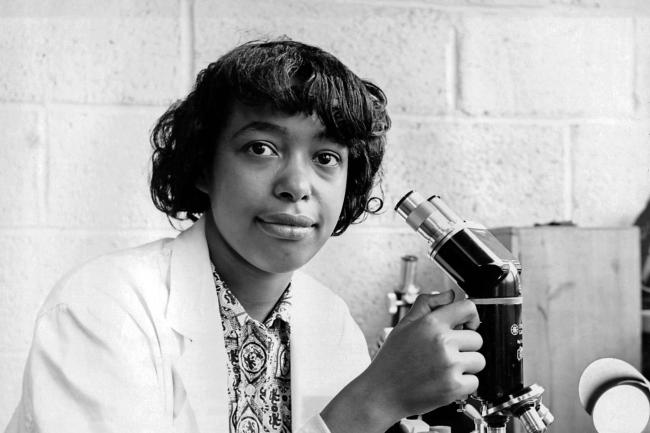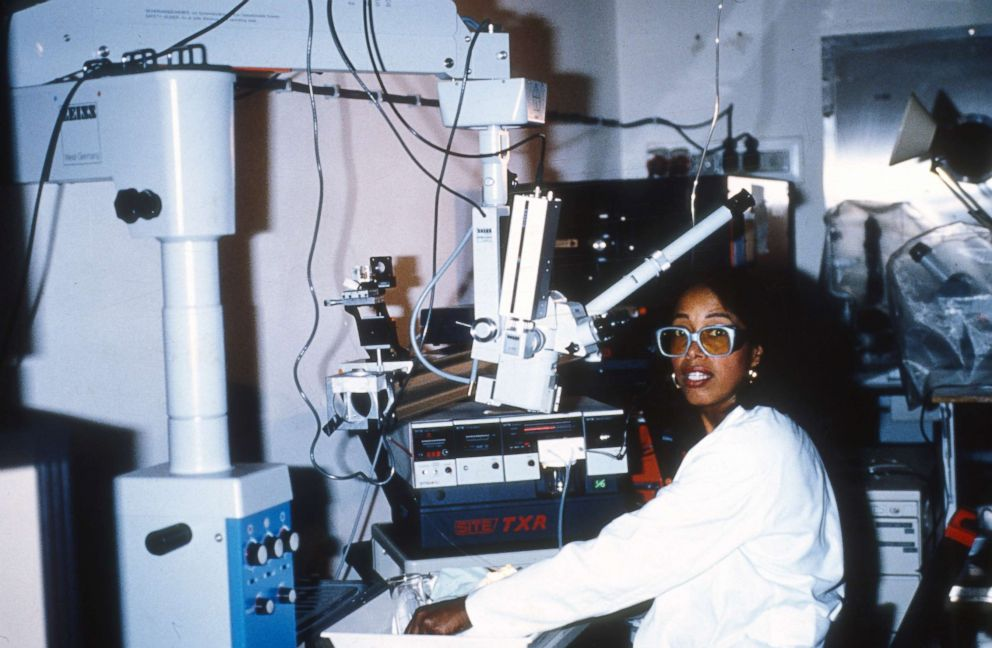In 1986, a quiet revolution in medicine took place not in a high-profile operating room or headline-grabbing research lab, but through the brilliant mind of a trailblazing Black woman named Dr. Patricia Bath. Her invention of the Laserphaco Probe, a groundbreaking tool for cataract surgery, didn’t just change the way doctors approached the procedure it transformed millions of lives by restoring sight and redefining what was possible in both medicine and society.

A Lifelong Commitment to Vision
Dr. Patricia Bath was not only a gifted ophthalmologist, she was a pioneer. From a young age, she was driven by a desire to heal and improve the lives of others. Born in 1942 in Harlem, New York, Bath showed early promise in science. Her brilliance led her to Howard University’s College of Medicine and later to training programs across the U.S. and Europe, where she noticed a disturbing pattern: African Americans were significantly more likely to suffer from preventable blindness.

Rather than accept the status quo, Bath made it her mission to close that gap. She became the first African American to complete an ophthalmology residency and went on to co-found the American Institute for the Prevention of Blindness. But it was her invention in the mid-1980s that secured her place in history.
Video:
They Said She Couldn’t Change Medicine… Patricia Bath | Laser
Inventing the Future: The Laserphaco Probe
Cataracts clouding of the eye’s lens are one of the leading causes of blindness globally. Before Bath’s invention, cataract removal involved complex surgical procedures with higher risks and longer recovery times. In 1986, she created the Laserphaco Probe, a device that used laser technology to safely and efficiently remove cataracts.
This innovation was more than just a technical upgrade. It made cataract surgery faster, less invasive, and more accessible, especially for underserved communities. Dr. Bath’s invention restored vision for countless individuals who had lived in darkness, and it set a new standard for ophthalmic care worldwide.
In 1988, she became the first African American woman to receive a medical patent, a milestone that symbolized both scientific progress and a breaking down of long-standing barriers in medicine.

A Dual Legacy: Innovation and Inclusion
Dr. Bath’s career was defined not just by invention, but by advocacy. She was a passionate believer that everyone regardless of race, gender, or income deserved access to quality eye care. Her concept of “community ophthalmology” blended public health and clinical practice, bringing preventative vision care to populations that had often been ignored.
Video:
Meet a woman who changed the face of medicine
She also mentored young scientists, especially women and people of color, encouraging them to dream big and challenge norms. In doing so, she helped diversify the face of medicine, proving that innovation thrives where inclusivity is embraced.
Honors, Recognition, and Lasting Impact
Throughout her life, Dr. Bath received numerous honors for her work, including induction into the National Inventors Hall of Fame in 2022 three years after her passing in 2019. Yet perhaps her greatest legacy is the gift of sight she gave to millions and the path she paved for future generations of inventors and healers.
Today, her contributions continue to echo not just in operating rooms but in classrooms, clinics, and research labs around the world.

A Light That Continues to Shine
Dr. Patricia Bath once said, “The ability to restore sight is the ultimate reward.” But her achievements go beyond the operating table. She restored faith in the power of purpose, proved that science and compassion are not mutually exclusive, and shattered ceilings that once seemed impenetrable.
In changing the world for the visually impaired, she opened eyes far beyond the clinical definition and in doing so, she gave the world a new way to see.



